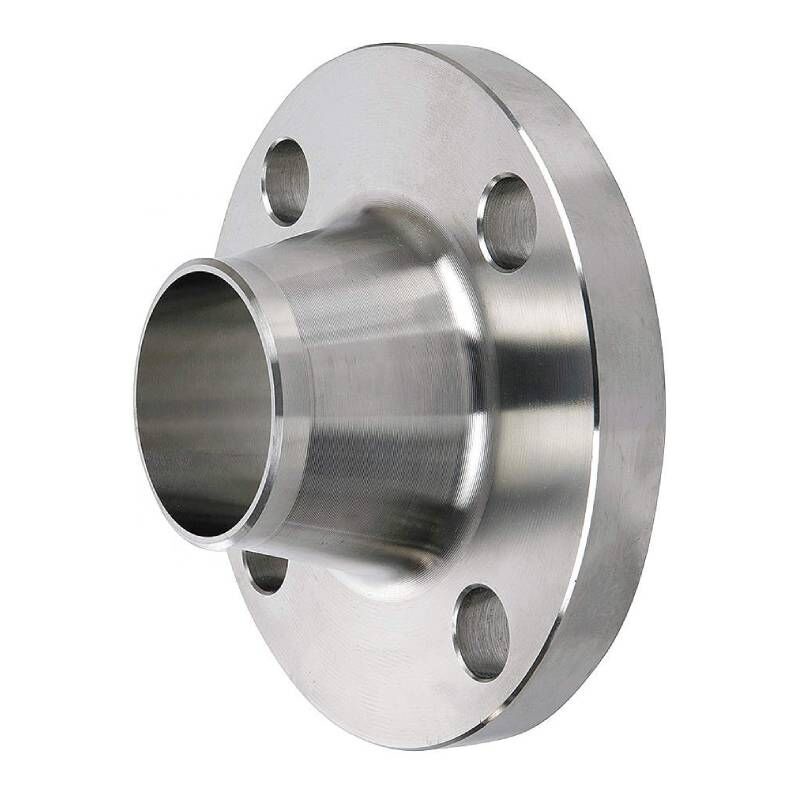What are Weld Neck Flanges?
Weld neck flanges are widely used flange connections attached to pipes, valves or fittings by welding. Weld neck flanges consist of a raised face, a flat surface on the top of the flange that connects to the gasket and a thick “neck” that connects the flange to the pipe.
The neck provides reinforcement and adds strength and integrity to the overall piping system.
Weld neck flanges are designed to withstand high-pressure, high-temperature environments. Due to their design and manufacturing process, these flanges are more expensive than slip-on flanges.
Applications of Weld Neck Flanges
Weld neck flanges have various applications in various industries due to their excellent mechanical properties.
They are commonly used in chemical processing plants, oil and gas refineries, power plants, pharmaceuticals, and many other industries.
In the oil and gas industry, Weld Neck Flanges connect piping systems, valves and fittings, which are exposed to high-pressure and high-temperature environments.
In chemical processing plants, weld neck flanges transport hazardous materials requiring high integrity and reliable connections.
Benefits of Using Weld Neck Flanges
There are many benefits of using weld neck flanges in piping systems. Firstly, the weld neck flange design provides excellent strength and reinforcement to the overall system.
Weld neck flanges offer a high level of resistance to shock and vibration, increasing the durability and longevity of the system.
Additionally, the welding process ensures that the flange and pipe are seamlessly connected, providing a leak-proof seal. Unlike slip-on flanges, weld neck flanges do not allow excess weld buildup, which can cause leaks or a weak connection.
Lastly, weld neck flanges are easy to install, and their raised face provides a smooth, flat surface for easy gasket installation.


No comments yet